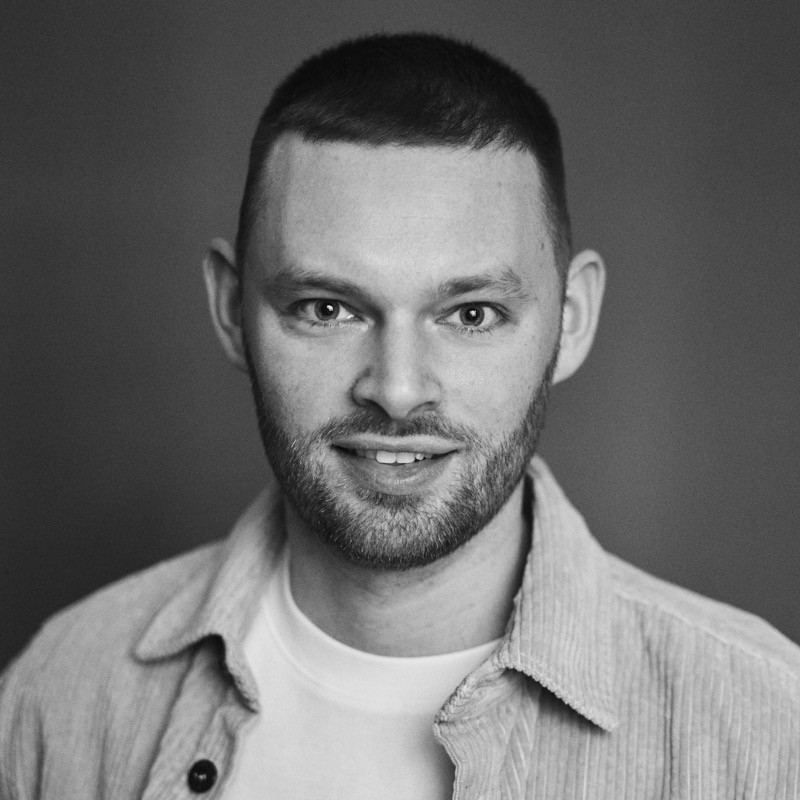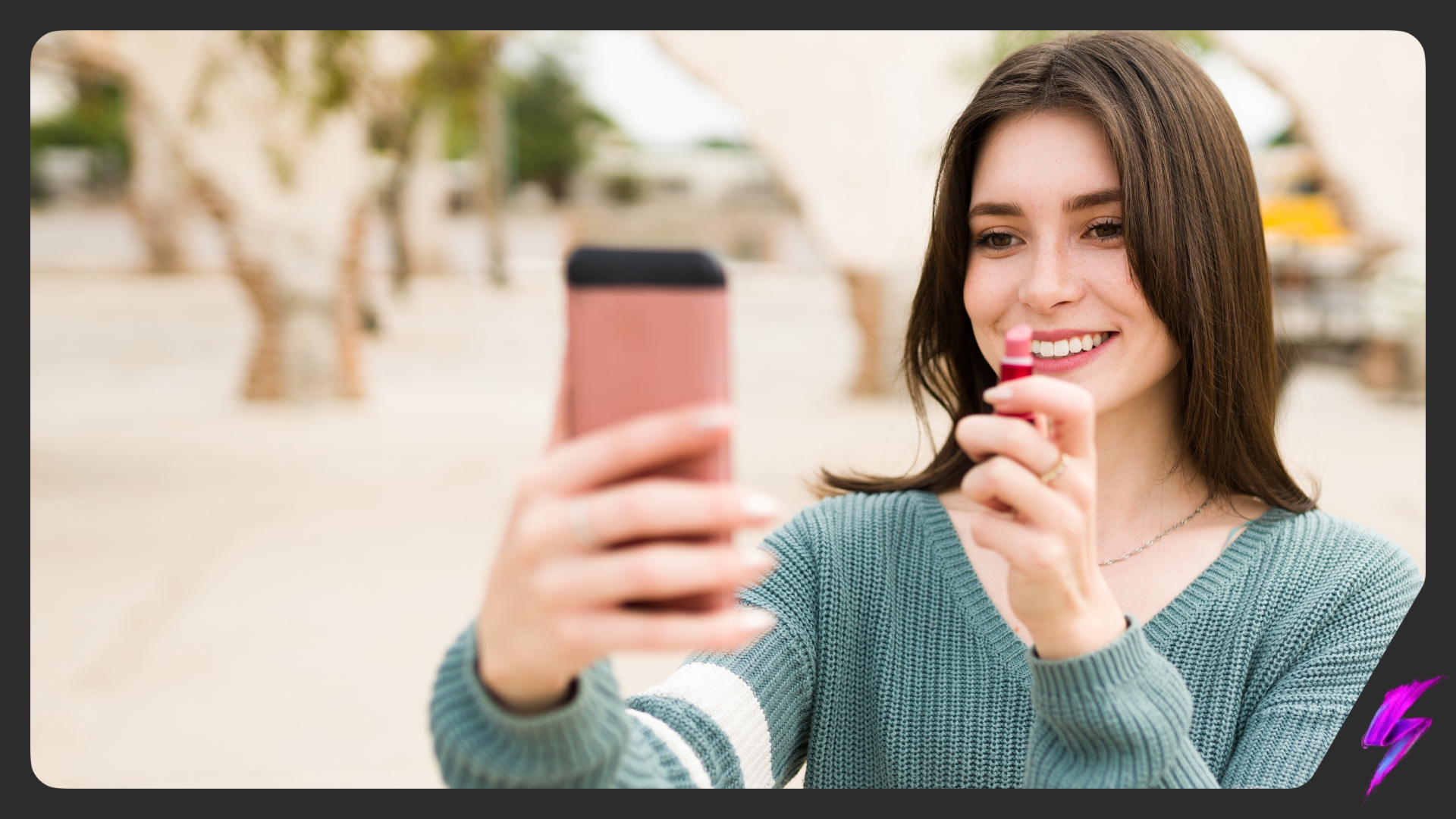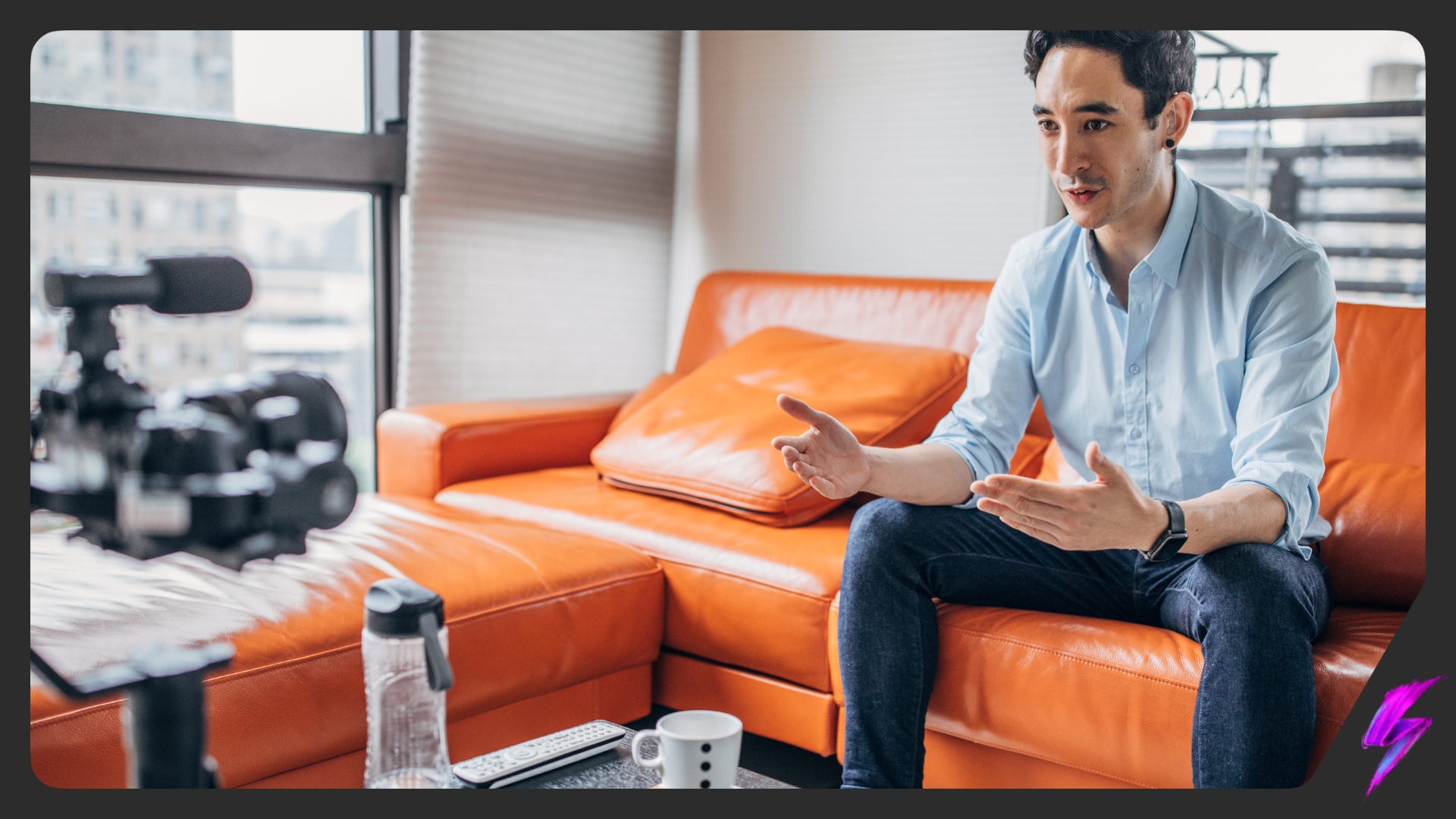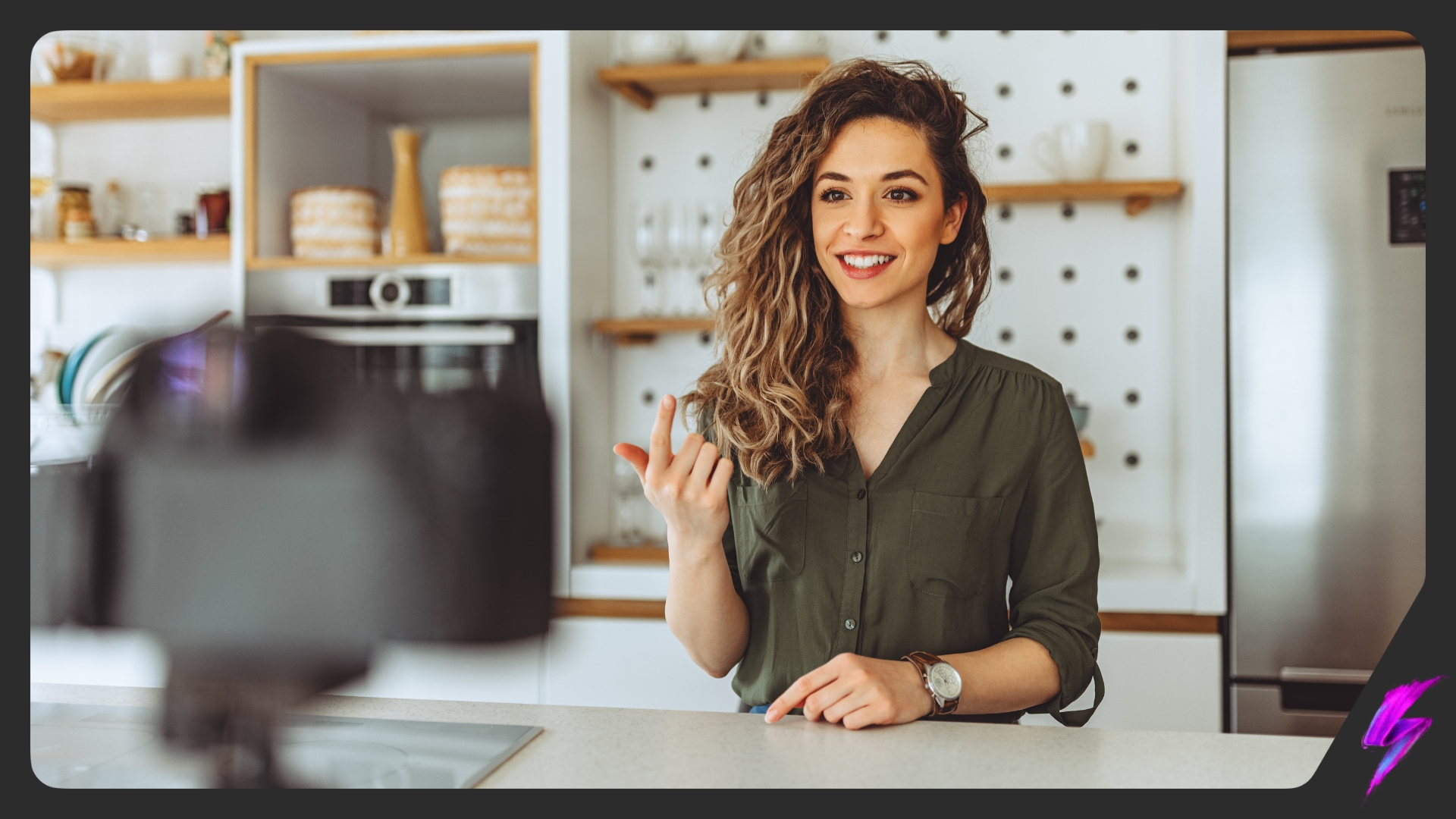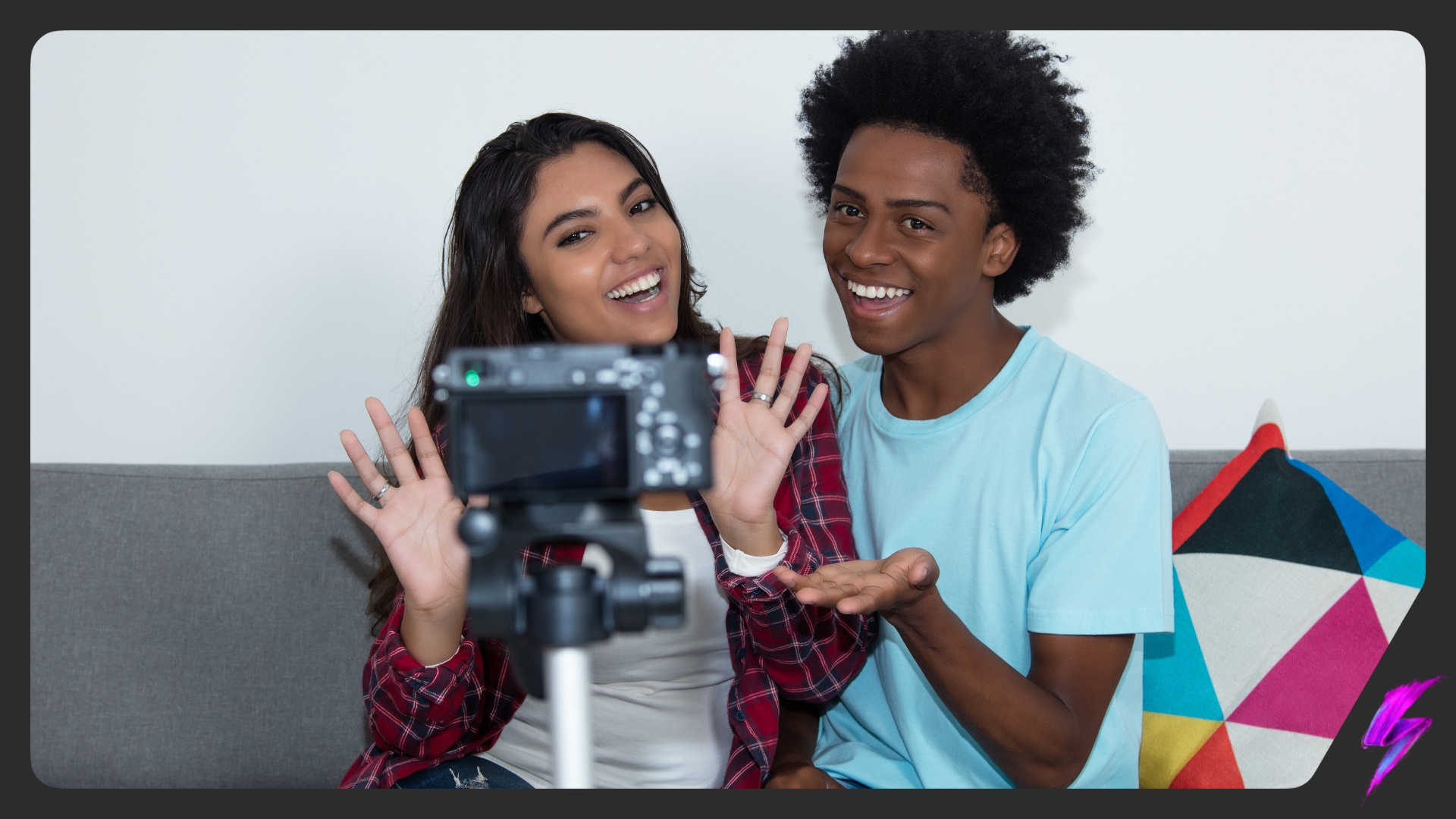How brands and social media platforms are approaching mental health and wellness
Aug 01, 2022
Social Trends
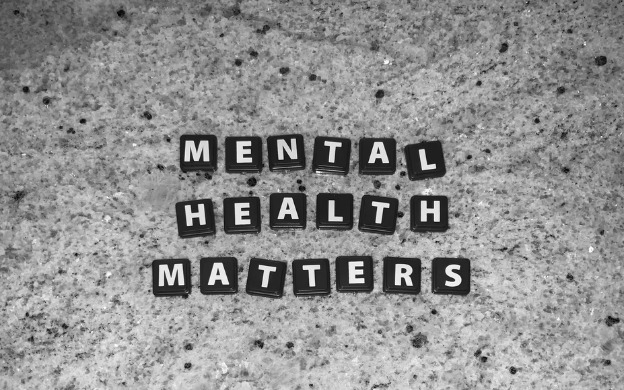
The impact social media has on users’ mental wellbeing has been a heavily discussed topic for the past few years. With the time users are spending on social media increasing, the need for support from social platforms and brands has also increased. But are users receiving the support they need?
A wellbeing study from 2021 showed that two thirds of UK adults believe social media platforms have a duty to protect the mental health and wellbeing of their users. However, 53% of people surveyed felt that social platforms aren’t doing enough to safeguard their users’ mental wellbeing.
Recently, wellness and self-care has become a key focus point and trend across social media platforms. Driven by a need for recovery after a traumatic couple of years in lockdown restrictions, people are focusing on their mental and physical health more than ever before.
The responsibility to achieve wellness doesn’t just fall to individuals themselves. Brands and social platforms have a responsibility to help consumers and users achieve this. But how?
How brands are approaching mental health and wellness
Dove: Dove Self-Esteem Project
Dove has been well-recognised as a leader in supporting online mental wellbeing. To further its support, Dove launched the Dove Self-Esteem Project. The initiative is an online hub that offers advice and support for parents and young people navigating a social-first environment.

Dove’s most recent activity encourages people to #DetoxYourFeed. Stemmed from a recent study that found 1 in 2 girls say that toxic beauty advice gives them low self-esteem, Dove created an easy guide to remove or reduce toxic beauty advice from their social media feeds.

The #DetoxYourFeed campaign is categorised by four steps with the intention of creating a habit-like cycle. These are:
Prep – by getting familiar with social media
Chat – to young people about beauty standards
Detox – your feed and follow accounts for building self-esteem
Repeat – by speaking to other parents, guardians and mentors
Eventually, participants will subconsciously incorporate this into their daily routine when scrolling through any social media platform; reducing the risk of falling prey to toxic advertisements.
Lelo: Well With Lelo
Luxury pleasure brand Lelo created a campaign titled #WellWithLelo with the purpose of creating a safe space to discuss female pleasure in the style of ‘honest, girl talk’. Conversations surrounding this topic were had on various social media platforms while promoting Lelo’s products. The purpose of sharing this discussion online was to reach as many women as possible and to normalise speaking so openly about taboo subjects.
View this post on Instagram
Rare Beauty
Actor-turned-beauty mogul, Selena Gomez, created the Rare Beauty cosmetics brand with the intention of advocating for access to resources to support one’s mental health. With this, came the implementation of the Rare Impact Fund. Rare Beauty donates 1% of all sales to this fund and raises additional funds through philanthropic foundations, corporate partners and individuals within the community.
Upon its launch in 2020, the Rare Impact Fund set out to raise $10 million in 10 years. Since then it has made several considerably large donations to selected organisations.
Woo
From the team behind VICE, i-D, Boiler Room and LADbible, a new feel good movement was launched called Woo. Directly from the CEO and founder, Stephen Mai, “At its core, Woo is a feel good movement designed to be the antidote to the new toxic cycle”. Woo lives across a social digital ecosystem of podcasts, editorial, products and video; with key video content streaming on Woo channels as well as ITV hub.
View this post on Instagram
With its website packed with information and resources, the movement truly harnesses the anxieties that come with connecting to and communicating with Gen Z about wellness; ensuring that it’s done in a way that is relatable and culturally relevant.
How social platforms are approaching mental health and wellness
With mental health and wellness now becoming obligatory topics for companies to focus on for the sake of their audiences, the question surrounding just how this is done is at the forefront of many people’s minds.
Let’s take a look at the features and initiatives put in place by various social media apps to safeguard their users.
Facebook (Meta)
As a result of the pandemic, Facebook expanded their mental health resources in partnership with the World Health Organisation. With emphasis on stress, anxiety, depression, grief and loss, the Emotional Health Resource Centre button can be found under ‘Community Resources’ in the mobile app.
TikTok
It is very easy to get lost in the endless scrolling of TikTok videos and the platform knows this. As part of their commitment to looking after its users, TikTok introduced a Screen Time Management feature. This feature presents itself in the form of an on-screen prompt that appears on a user’s feed after scrolling for a certain amount of time. It reminds them to take a break from their screens and from the app.

Cyber bullying has been an internet-wide issue for as long as one can remember, however, in recent years it has been extremely bad on the Instagram app. To combat this, Instagram introduced stricter penalties and bullying regulations to drill into users that they have a zero-tolerance of online bullying policy.
When a comment or DM violates Instagram’s rules, the user will be suspended from sending messages for a set period of time. If this offence is repeated, they will have their account disabled. The platform is also working alongside law enforcement to respond to valid legal requests for information in cases related to hate speech.
Snapchat
To support people struggling with substance abuse, Snapchat launched an in-app portal called ‘Heads Up’. This portal distributes content from expert organisations and is found whenever someone searches snapchat for drug-related keywords. Videos on the dangers of drugs and helpline links are also provided.
Are these implementations genuine?
Second-guessing everything comes quite naturally to users of social media, particularly when most of what they are shown online is fake. Deciding whether the steps taken to ensure the wellbeing of social media users is genuine or just a box-ticking task, rightfully springs to mind.
Regardless of whether this is done because companies genuinely care or whether they are ticking another thing off of their to-do list, it does not take away from the fact that they still have a responsibility to put features in place that help improve the mental health and wellbeing of their users.
Our Influencer marketing agency and Social agency are located worldwide, with our agency network based in the USA, UK, UAE and China.
If you want to receive our industry insights, visit our Influencer Marketing & Social Media blog.
@ Socially Powerful
[cta]
Popular Blogs
Most Popular Instagram Hashtags | Tiktok Hashtags | Instagram Monetization | Facebook Banner Size | Snapchat Influencers | Most Subscribed Youtubers | Best Time to Post on Youtube | UK Twitch Streamers | Female Twitch Streamers | Popular Tiktok Songs | Male Tiktok Influencers | Lgbtq Tiktok Influencers | The Rise and Fall of Clubhouse | Influencer Marketing on Clubhouse | LiketoKnowit | Pretty Little Thing Instagram| Top Social Marketing Agencies
Social And Influencer Marketing News + Insights
Get in touch
We'll show you how to start powerful conversation, drive social engagement, build your brand, hit sales targets or meet other goals you have, wherever you are in the world.
Work with us